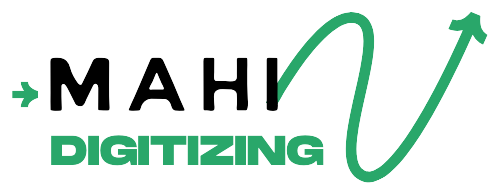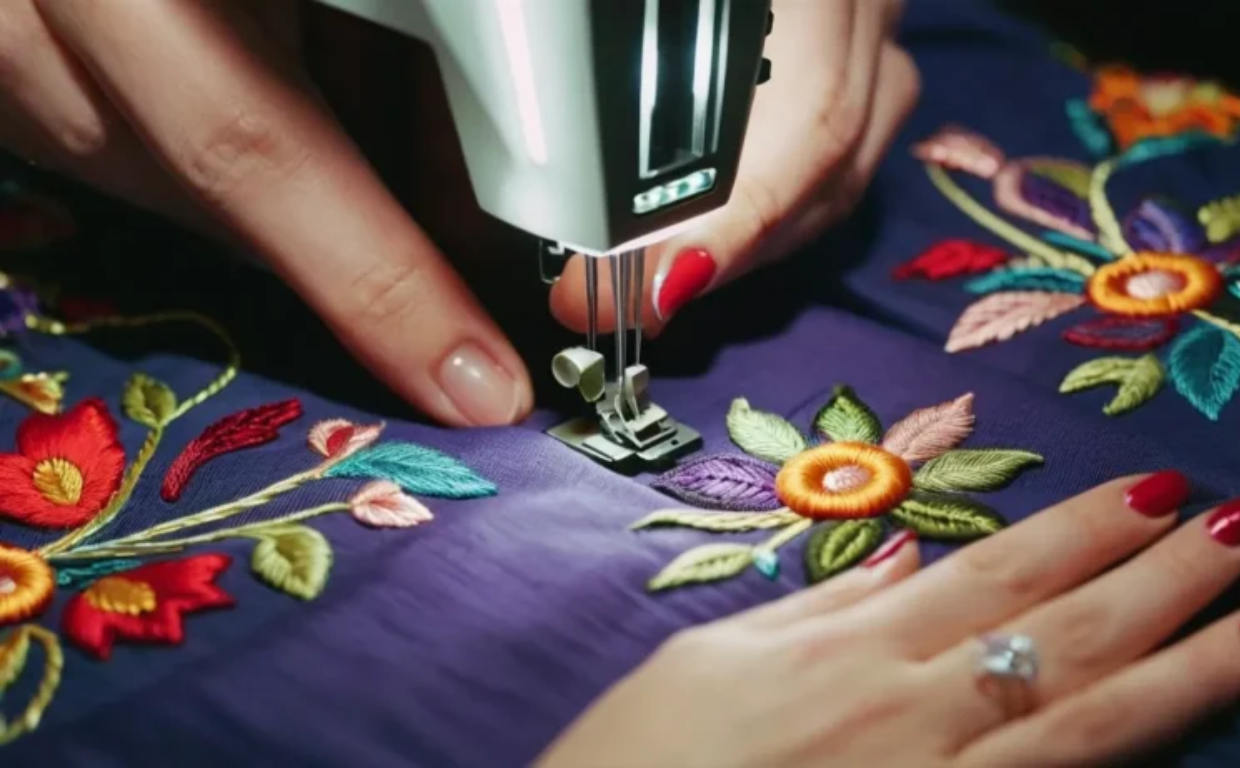Multi-layer applique is a captivating embroidery technique that adds dimension, texture, and visual interest to garments, accessories, and decor. But to achieve stunning results, selecting the right fabrics and colors is critical. In this blog, Mahi Digitizing shares expert advice on how to choose materials and color combinations that bring your multi-layer applique designs to life.
Understanding Multi-Layer Applique
Multi-layer applique involves stacking several fabric layers on top of one another, often combining different shapes, textures, and colors to create a detailed, dynamic design. Each layer adds depth, making the final piece more visually appealing and tactile.
This technique is popular in everything from fashion and costumes to quilts, bags, and wall hangings. However, layering requires careful planning. Choosing inappropriate fabrics or clashing colors can result in bulky, stiff, or visually overwhelming designs.
That’s why professional applique projects start with a thoughtful selection process. By balancing fabric weight, color harmony, and design complexity, you can ensure each layer enhances the overall look without causing functional or aesthetic issues.
At Mahi Digitizing, we help clients create embroidery files optimized for multi-layer applique, taking into account fabric types and colors for the best possible finish.
Let’s dive into the essential factors to consider when choosing your materials and color palette.
Selecting the Right Fabrics
Fabric choice plays a crucial role in the success of multi-layer applique. The wrong fabric can lead to puckering, excessive bulk, or difficulty during stitching. Ideally, you should work with fabrics that are stable, smooth, and easy to cut and sew.
Cotton and cotton blends are often preferred for their stability and ease of handling. Felt is another favorite because it doesn’t fray and offers a soft, dimensional effect. Denim, twill, or canvas can add texture, but they work best as base layers due to their thickness.
Thin, delicate fabrics like silk, chiffon, or organza can add beautiful transparency or shine but require careful stabilizing to prevent tearing or distortion during embroidery.
Consider how the fabrics interact. Combining too many thick layers can make the design stiff, while mixing slippery and rough materials can affect alignment. A good balance of light and medium-weight fabrics generally works best for multi-layered effects.
At Mahi Digitizing, we advise clients on fabric compatibility and help digitize designs that accommodate the fabric choices, ensuring smooth production and stunning results.
Choosing the Perfect Color Combinations
Colors are at the heart of any applique design, and multi-layer projects offer the opportunity to play with contrasts, gradients, and harmonies. When choosing colors, it’s important to think beyond individual swatches and consider how they interact across layers.
Start with a color palette that fits the mood or theme of your project. Are you going for bold and vibrant? Soft and subtle? Earthy and natural? Your choices will set the emotional tone of the piece.
Next, look at contrast. High-contrast layers (such as black and white or navy and yellow) create striking, graphic designs, while low-contrast combinations (like cream and pale pink) offer a more delicate, blended effect.
Don’t forget the background fabric — the base layer can influence how overlay colors appear. A dark background will make bright or metallic fabrics pop, while a light background softens the overall look.
At Mahi Digitizing, we help clients test color combinations digitally before stitching, saving time and ensuring a balanced, professional result.
Tips for Balancing Fabric and Color Choices
When working with multiple layers, balance is key. You want your design to have depth and dimension without becoming cluttered or visually confusing. Here are some practical tips:
- Limit your color palette to three to five core colors to maintain harmony and avoid overwhelming the eye.
- Mix fabric textures thoughtfully — combine smooth and textured materials for variety, but avoid too many extremes.
- Use darker colors for base layers and lighter or brighter shades for top layers to create a sense of depth.
- Test your fabric stack before committing — layer your fabrics and view them together to ensure they complement each other.
- Remember to account for stitching color; sometimes the thread can introduce a new visual element that affects the overall balance.
Following these guidelines helps you create multi-layer applique designs that are both eye-catching and cohesive, no matter the project size or complexity.
Why Partner with Mahi Digitizing for Applique Projects?
At Mahi Digitizing, we know that fabric and color choices are only part of the equation — expert digitizing is what brings those choices to life. Our team has extensive experience creating embroidery files specifically for multi-layer applique, ensuring that every detail is carefully mapped for smooth production.
We work closely with clients to understand their creative vision, providing recommendations on fabric types, stitch styles, and color transitions that maximize the impact of the design.
With our precise digitizing services, you can be confident that your multi-layer applique designs will translate beautifully from concept to finished product, whether you’re creating apparel, accessories, or home decor.
Ready to bring your applique projects to the next level? Request a free quote today or contact us to discuss your needs. Let’s create stunning, layered designs together!

